Year 1
The English curriculum is built around the three interrelated strands of language, literature and literacy. Teaching and learning programs should balance and integrate all three strands. Together, the strands focus on developing students' knowledge, understanding and skills in listening, reading, viewing, speaking, writing and creating. Learning in English builds on concepts, skills and processes developed in earlier years, and teachers will revisit and strengthen these as needed.
In Year 1, students communicate with peers, teachers, known adults and students from other classes.
Students engage with a variety of texts for enjoyment. They listen to, read, view and interpret spoken, written and multimodal texts designed to entertain and inform. These encompass traditional oral texts including Aboriginal stories, picture books, various types of stories, rhyming verse, poetry, non-fiction, film, dramatic performances and texts used by students as models for constructing their own texts.
The range of literary texts for Foundation to Year 10 comprises Australian literature, including the oral narrative traditions of Aboriginal and Torres Strait Islander Peoples, as well as the contemporary literature of these two cultural groups, and classic and contemporary world literature, including texts from and about Asia. Literary texts that support and extend Year 1 students as independent readers involve straightforward sequences of events and everyday happenings with recognisably realistic or imaginary characters. Informative texts present a small amount of new content about familiar topics of interest and topics being studied in other areas of the curriculum. These include decodable and predictable texts which present a small range of language features, including simple and compound sentences, some unfamiliar vocabulary, a small number of high-frequency words and words that need to be decoded phonically, as well as illustrations and diagrams that support the printed text.
Students create a variety of imaginative, informative and persuasive texts including recounts, procedures, performances, literary retellings and poetry.
(source: www.australiancurriculum.edu.au)
Achievement Standard
Receptive modes (listening, reading and viewing)
By the end of Year 1, students understand the different purposes of texts. They make connections to personal experience when explaining characters and main events in short texts. They identify that texts serve different purposes and that this affects how they are organised. They describe characters, settings and events in different types of literature.
Students read aloud, with developing fluency. They read short texts with some unfamiliar vocabulary, simple and compound sentences and supportive images. When reading, they use knowledge of the relationship between sounds and letters, high-frequency words, sentence boundary punctuation and directionality to make meaning. They recall key ideas and recognise literal and implied meaning in texts. They listen to others when taking part in conversations, using appropriate language features and interaction skills.
Productive modes (speaking, writing and creating)
Students understand how characters in texts are developed and give reasons for personal preferences. They create texts that show understanding of the connection between writing, speech and images.
They create short texts for a small range of purposes. They interact in pair, group and class discussions, taking turns when responding. They make short presentations on familiar topics. When writing, students provide details about ideas or events, and details about the participants in those events. They accurately spell high-frequency words and words with regular spelling patterns. They use capital letters and full stops and form all upper- and lower-case letters correctly.
(source: www.australiancurriculum.edu.au)
- Plus Plan
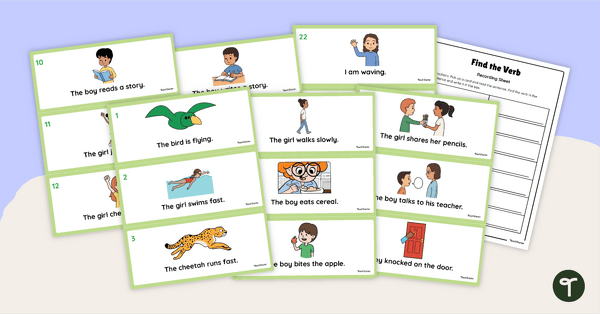
Find the Verb Task Cards
Help students recognise verbs in sentences with this set of Find the Verb task cards and recording sheet.
- Plus Plan
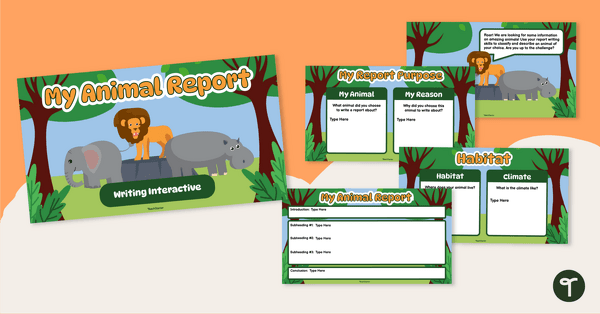
My Animal – Digital Report Writing Activity
Get your students to write an information report on an animal using this digital writing scaffold perfect for modelled and shared writing.
- Plus Plan
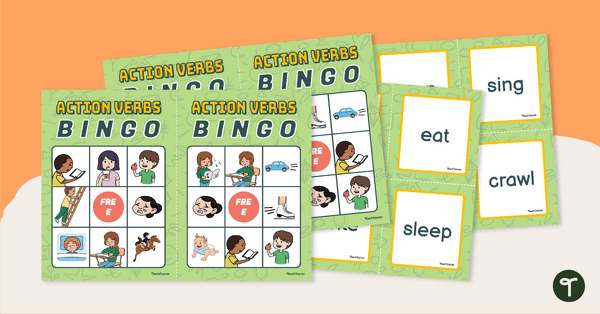
Action Verbs Bingo
Identify action verbs with this set of 20 BINGO cards.
- Plus Plan
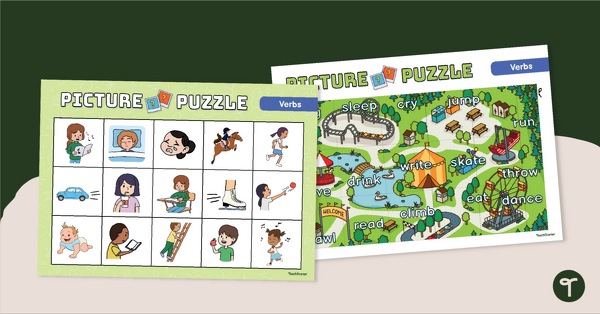
Action Verbs Picture Puzzle
Practise recognising and using verbs with this 15 piece picture puzzle.
- Plus Plan
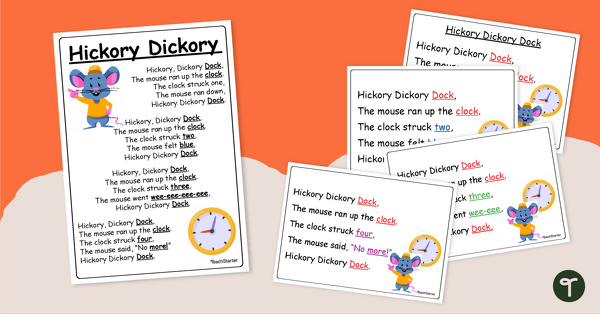
Hickory Dickory Dock – Nursery Rhyme Poster
Use this “Hickory Dickory Dock” nursery rhyme poster to teach your youngest students about rhyme, rhythm and counting.
- Plus Plan
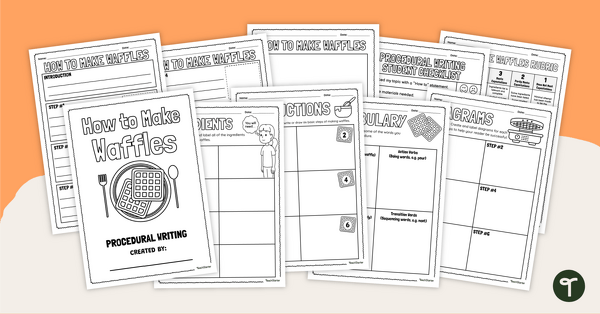
How to Make Waffles – Procedural Writing Project
Get your students writing high-quality procedure texts with this fun “How to Make Waffles” procedural writing project.
- Plus Plan
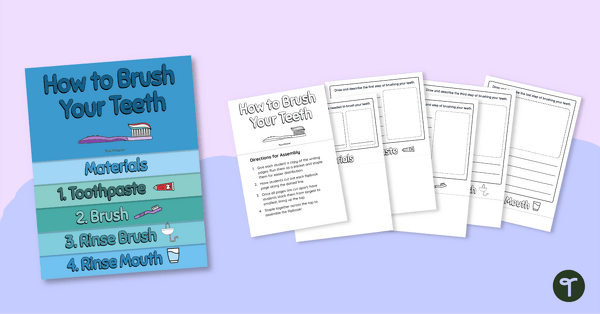
How to Brush Your Teeth Flipbook
Use this “How to Brush Your Teeth” procedural writing activity to help familiarise your students with the structural elements of procedure texts.
- Plus Plan
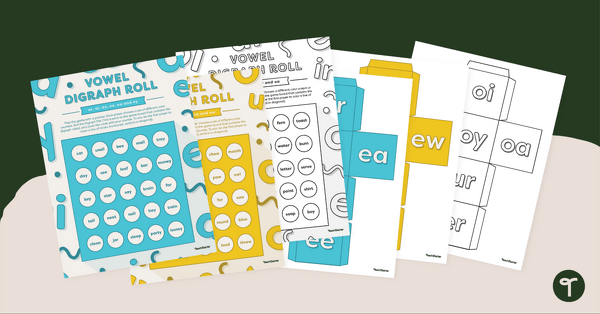
Vowel Digraph Cover Up Game
Practise vowel teams with your students with this set of three fun partner cover up games.
- Plus Plan
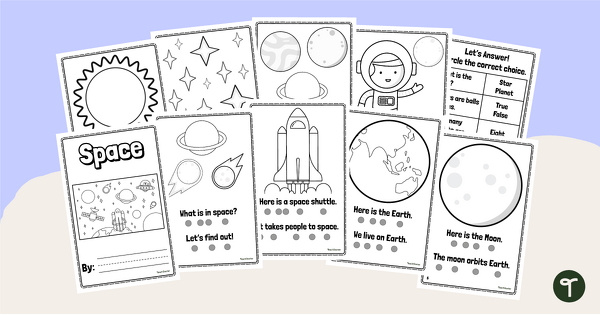
Printable Space Book - Leveled Reader
Read and learn about outer space with a printable space book for kids.
- Plus Plan
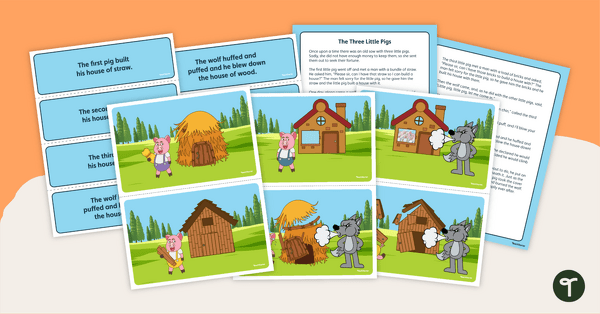
Three Little Pigs Retelling Activity Cards
Teach your students about retelling with this set of sequencing cards for The Three Little Pigs.
- Plus Plan
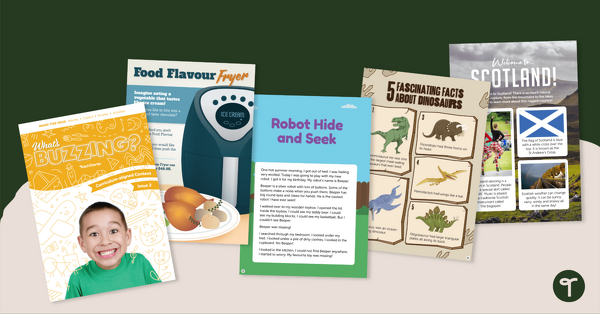
Year 1 Magazine – What’s Buzzing? (Issue 2)
A beautifully designed, 22-page reading magazine specifically designed for Year 1 students.
- Plus Plan
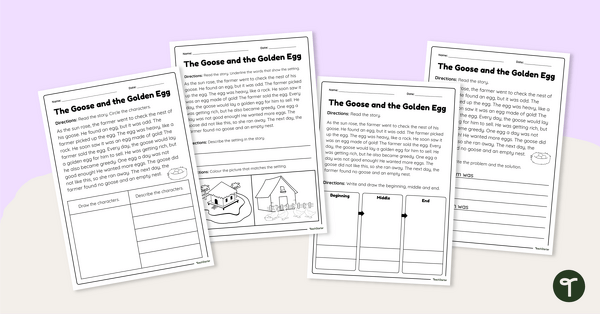
Story Elements Worksheets – The Goose and the Golden Egg
Practise identifying the story characters, settings and main events with this set of worksheets based on a traditional tale.
- Plus Plan

Story Elements Worksheets – The Fox and the Grapes
Practise identifying the story characters, settings and main events with this set of worksheets based on a traditional tale.
- Plus Plan

Who Is the Main Character? Worksheets
Practise identifying the main characters in nursery rhymes with this set of worksheets for young learners.
- Plus Plan
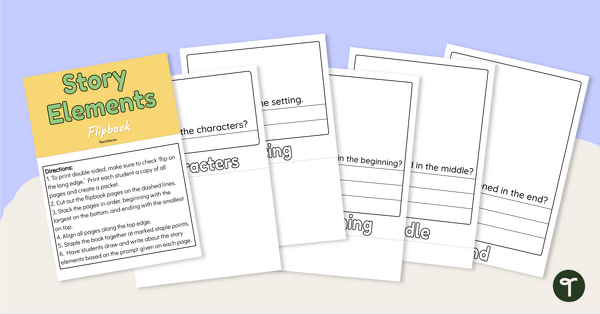
Narrative Elements Flipbook
Teach your students about narrative elements with this double-sided flipbook.
- Plus Plan
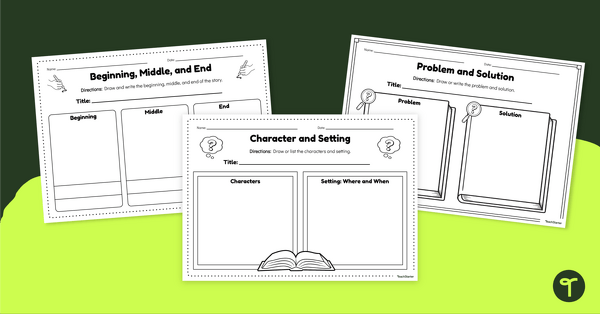
Narrative Elements Graphic Organisers – Landscape
Encourage your students to write and draw about various story elements with this set of differentiated graphic organisers.
- Plus Plan
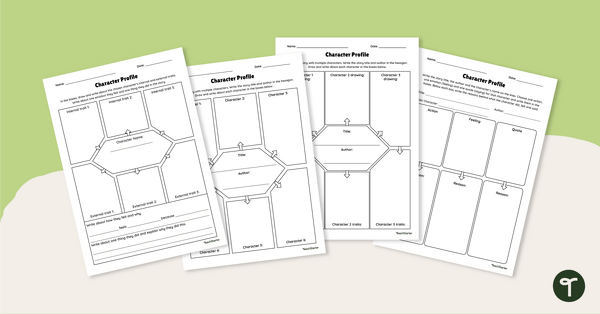
Character Profile - Graphic Organisers
Explore the internal and external traits of story characters with a set of differentiated graphic organisers.
- Plus Plan
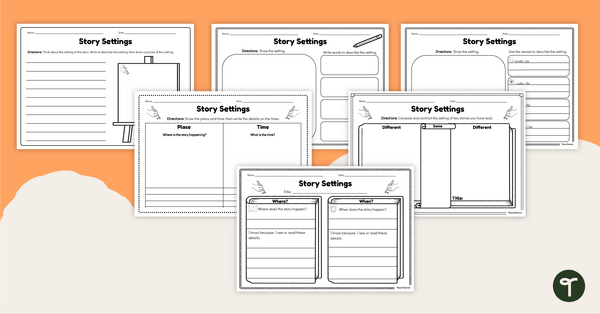
Story Settings - Graphic Organisers
Encourage your students to write and draw about story settings with this set of differentiated graphic organisers.
- Plus Plan
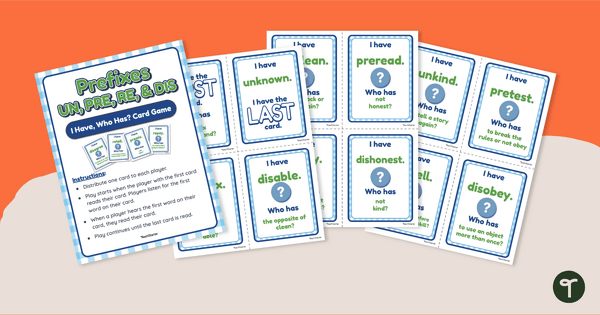
I Have, Who Has Prefix Game
Play an exciting game to help your students identify and define words with the prefixes - pre, re, un, and dis.
- Plus Plan
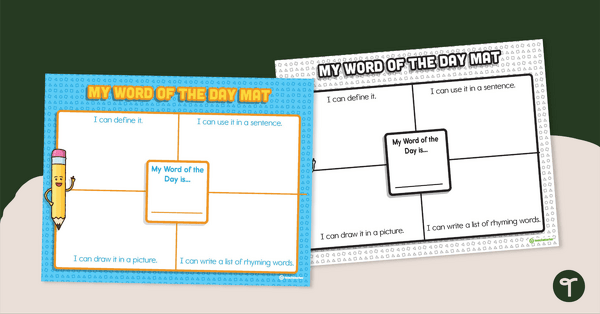
My Word of the Day Mat
A fun worksheet to use in the classroom when building vocabulary.
- Plus Plan
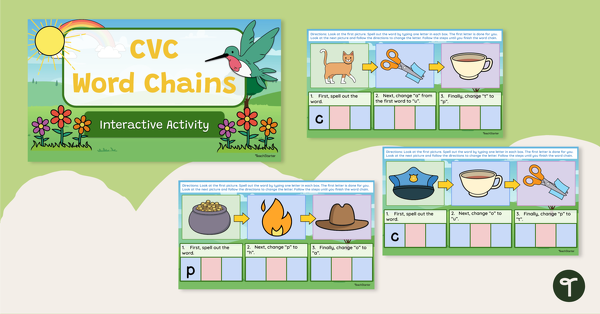
CVC Word Chains- Interactive Activity
Practise spelling CVC words and manipulating their phonemes to create word chains with this digital resource.
- Plus Plan
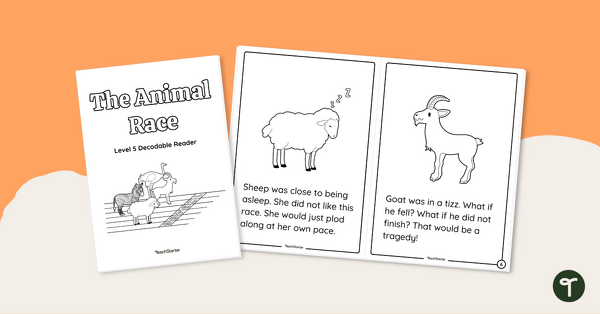
The Animal Race - Decodable Reader (Level 5)
Develop confident, successful readers with this phonics-based, printable decodable book.
- Plus Plan
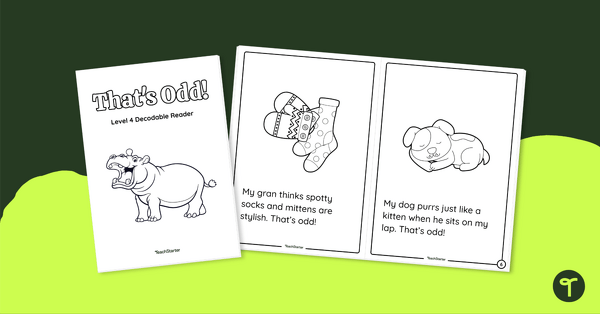
That's Odd! - Decodable Reader (Level 4)
Develop confident, successful readers with this phonics-based, printable decodable book.
- Plus Plan

Long OO Words - Word Search
Explore words containing some of the most common ‘long oo’ graphemes with this set of differentiated word searches.
- Plus Plan
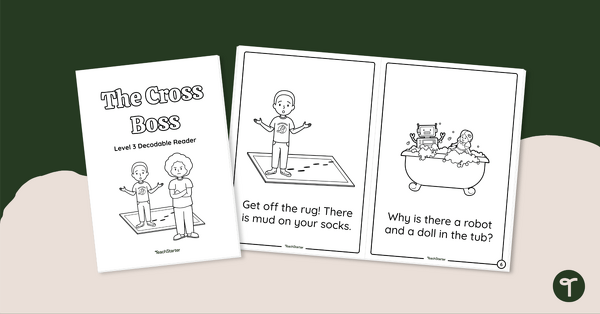
The Cross Boss - Decodable Reader (Level 3)
Develop confident, successful readers with this phonics-based, printable decodable book.
- Plus Plan
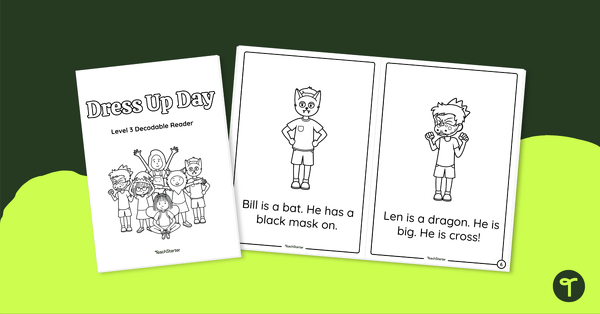
Dress Up Day - Decodable Reader (Level 3)
Develop confident, successful readers with this phonics-based, printable decodable book.
- Plus Plan
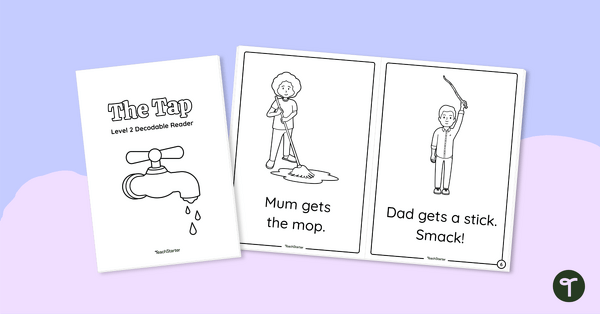
The Tap - Decodable Reader (Level 2)
Develop confident, successful readers with this phonics-based, printable decodable book.
- Plus Plan
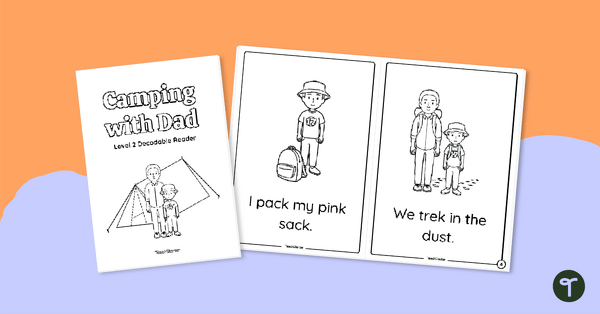
Camping with Dad - Decodable Reader (Level 2)
Develop confident, successful readers with this phonics-based, printable decodable book.
- Plus Plan
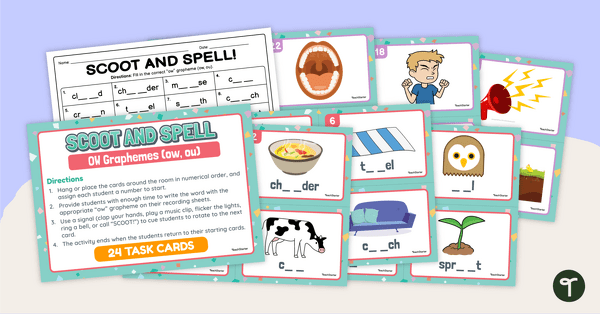
OW Graphemes - SCOOT! Task Cards
Explore words containing graphemes that make the diphthong ‘ow’ with this active classroom game that will get your students moving!
- Plus Plan
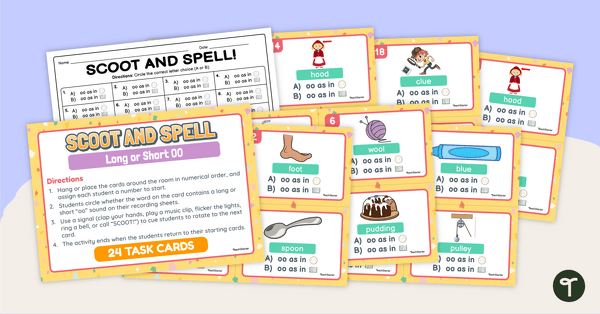
Long or Short OO? - SCOOT! Task Cards
Identify the long and short 'oo' sound in one- and two-syllable words with this active classroom game that will get your students moving!
- Plus Plan
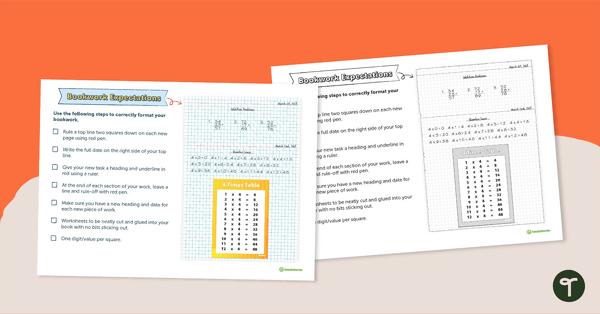
Numeracy Bookwork Expectations Posters
A checklist for students to refer to when displaying numeracy bookwork. There are low colour and black and white versions, plus editable versions in case you need to add your own expectations.
- Plus Plan
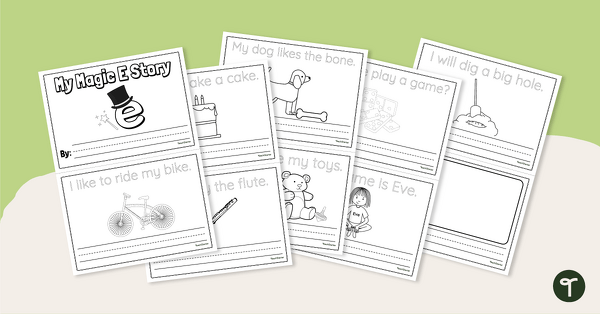
My Magic E Story - Mini-Book
Practise reading and writing sentences with CVCe words with this magic e mini-book.